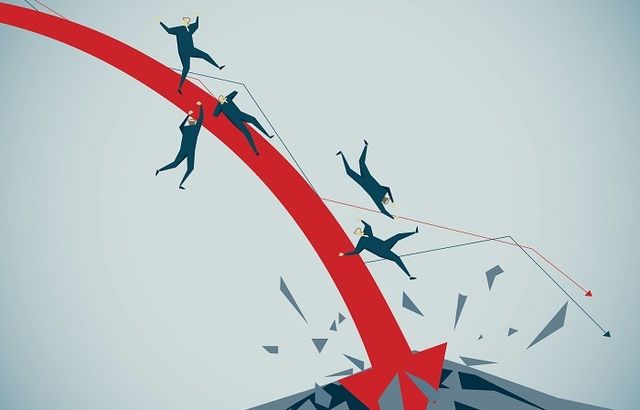Hasager has done that too, trimming the use of complex products. “The more complex products are, the more prone they are to produce unexpected complications. I have a preference for as simple a structure as possible now,” he says.
Unconstrained managers
Modern portfolio theory suggests that investors can achieve optimal risk-adjusted returns by giving maximum care to the asset allocation within their portfolios. But the experience of the financial crisis has somewhat discredited the usefulness of portfolio optimisation, claims Reisbøl.
“During the crisis, we learnt that all [risk] assets go south at the same time. So we have become reluctant to select a strategy based on correlation analysis. It’s still part of our selection process, but it’s less important now.”
Instead, Reisbøl has developed a preference for unconstrained managers: “If circumstances dictate a complete change of heart, why should a manager be constrained by a narrow mandate? Being invested in a manager who can, for example, only invest in Cocos is an uncomfortable risk for us. We would prefer a wider mandate.”
But there’s something else the Dane learnt during the crisis: the importance of staying in close contact with clients about their risk appetite. “Risk appetite correlates with market sentiment. When markets go up, clients are comfortable with high risk, but when market turn, they become risk averse. It’s extremely important to have a dialogue with clients at those moments,” he says.
Stress testing
A final feature many portfolio managers have introduced since the crisis is regular stress testing. “We do a portfolio stress test twice a month now. We simulate what happens to portfolios if equity markets drop by 20% and credit markets by 10%, or we simulate what happened during the financial crisis,” says Hasager.
Bouma does something similar. “We have developed a model to test the risk to our portfolios if our asset allocation bets turn against us. If the model suggests we’re at risk of suffering a large drawdown in case of a market correction, we change our asset allocation accordingly,” he says.
Even if the core of the fund selection process hasn’t changed much for most fund selectors, one lesson they have learned is that it is important to be imaginative. Post financial crisis, scenario analysis, which looks at how a fund will behave in stress situation, has become vital. Whether this insight will serve them sufficiently when the next crisis hits, however, only time will tell.







